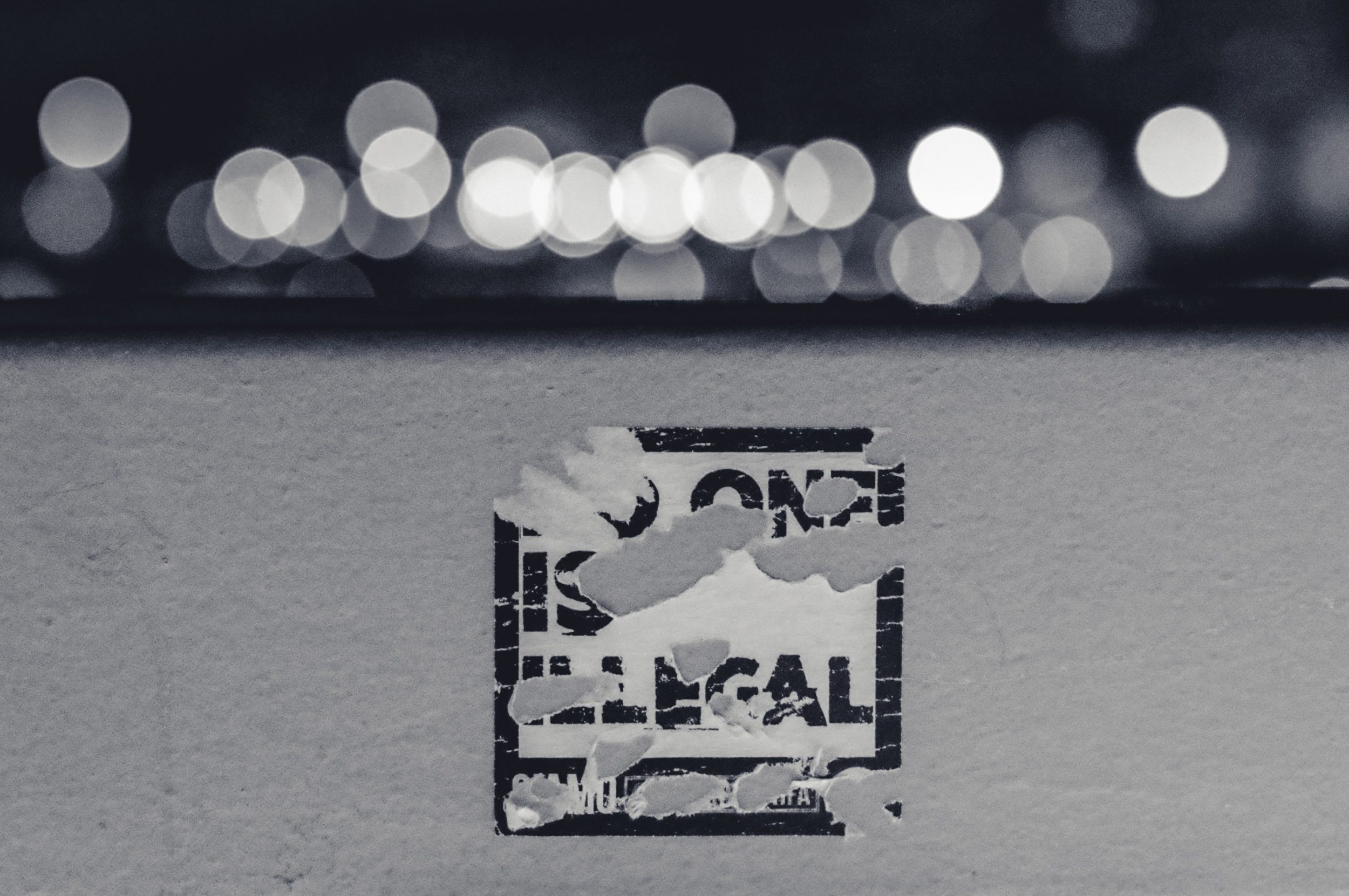I have been in immigration detention since 2014, after serving more than seven years at Otisville Prison in New York State for a prior conviction. Even though I have completed the time that the criminal system sentenced me to, I am not allowed to fight my immigration case at home with my family. Immigration and Customs Enforcement has unjustly used the “criminal” label as an excuse for my indefinite detention and justification for inhumane conditions inside the jails. Today, I’m writing this from Pine Prairie ICE Processing Center in Louisiana to share what it is like to be in ICE detention and to ask President Biden to keep his promise and close all ICE facilities like this one.
For many undocumented people with a criminal conviction, the completion of a prison sentence does not mean the end of incarceration. When released, instead, non-citizens are often transferred directly to immigration detention centers, in what is known as the prison-to-deportation pipeline. People must wait months, or in my case years, for a bond hearing just to have the chance to be released and to fight their cases outside of ICE detention. While waiting for a hearing, we are indefinitely subjected to the same violent conditions that exist in the criminal legal system.
While waiting for a hearing in ICE detention, we are indefinitely subjected to the same violent conditions that exist in the criminal legal system.
In immigration detention, ICE has unfettered power to move people away from their families and attorneys without reason, making it increasingly difficult for incarcerated people to participate in legal proceedings that must happen locally. In the past seven years, ICE has transferred me 14 times to different jails across six different states — including New York, New Jersey, Alabama, Mississippi, Louisiana, and Texas. At many of these detention centers, I have been physically abused, threatened with deportation, and told to my face that I will only leave here on a plane to my country or dead.
ICE facilities create an environment where human rights violations are rampant, and accountability is absent. At Pine Prairie, where I am detained now, ICE keeps us all in a cell for 23 hours a day because solitary confinement is their “public health” solution to the pandemic. Moreover, correction officers frequently violate ICE regulations by withholding food and medical care from people in their custody. I rarely get medically appropriate meals to treat a stomach ulcer, and I am forced to go days without eating.
I have been waiting more than a year to get a cavity filled, and more than two years for a cleaning. In August 2021, I was left to bleed for weeks because correction officers refused to give me the medication I needed after an operation on my nasal passages. This incident led to my having severe headaches and a loss of smell and taste. I was on a hunger strike for 34 days to demand my rights. My body was my last resort and only tool for change.
The abuses that I experience in detention are dehumanizing. I have filed countless complaints over the years, but no one ever followed up or investigated these problems. The only way my complaints were dealt with internally was the retaliation I faced at the hands of ICE officers. Because I refuse to be treated so poorly, I am either transferred to a different facility farther away from loved ones, in what I believe is a form of retaliation, or I am thrown into solitary confinement as punishment.
Between 2011 and 2018, 71 people died while in ICE custody. They had lived in the U.S. for an average of 15.8 years prior to detention and spent a median of 39 days in custody before they died. Investigations into deaths have found evidence of staff falsifying documents, improperly applying medicine, and ignoring medical warning signs. The data is clear that freeing people from ICE detention is a matter of life and death.
On top of these dangerous and degrading conditions, people behind bars face numerous challenges in immigration court. Every time I went before an immigration judge to seek release, I am told that I have not proven “rehabilitation” from my previous criminal offense. But this could not be further from the truth. I already served the full prison sentence that the criminal legal system imposed upon me, based on their assessment of appropriate punishment. I completed every course and independent study available to me while incarcerated. I taught myself English, earned my G.E.D, and became a teacher’s assistant to help others pass their G.E.D. test. I currently participate in supportive counseling with a social worker and actively assist in my legal case with my attorneys. I took these steps not only to prepare myself for reentry but also to care for loved ones upon release.
No matter how much I tried to appeal to the judge, my criminal record would be used as justification for further detention. In 2020, 90% of people targeted by ICE for what the agency calls “enforcement and removal” had a criminal conviction or pending criminal charges. For people in ICE detention without criminal records, their country of birth is oftenused as justification for criminalization. Removing people from their communities and placing them in dehumanizing conditions will cause trauma that spans generations and is not an answer to public safety concerns.
While there have been many setbacks in my case, there is reason for hope. Last month, the Court of Appeals heard my case and found an error in the lower court’s decision, which denied my request for asylum to stay in the United States. The lower court is required to try my case again and re-decide whether I would be deported or allowed to stay here with my family, protected from persecution in my country despite my conviction. The judge presiding over this new trial will have the power to decide if I can stay in this country with my family.
My son, who was only 8 when I was detained, always asks when I am coming home. And to keep him hopeful, I would tell him that soon something good will happen in my case. My next bond hearing is scheduled for this coming Tuesday, April 5. I have done everything I can to prepare, including even asking community members to sign a petition requesting that the judge assigned to my case grant my release.
I urge immigration judges to give everyone, regardless of their prior convictions, a fair chance at being released — whether through bond, parole, or other mechanisms. I ask that efforts to create pathways to citizenship include individuals with criminal histories, so no one is forced to face the terrors of ICE detention. And for the United States to truly live up to its promises, I call on President Biden to take decisive action and close all ICE facilities now. Non-citizens deserve the right to fight our immigration charges with our freedom intact and the opportunity to reunite with our families.
Image: EV/Unsplash

